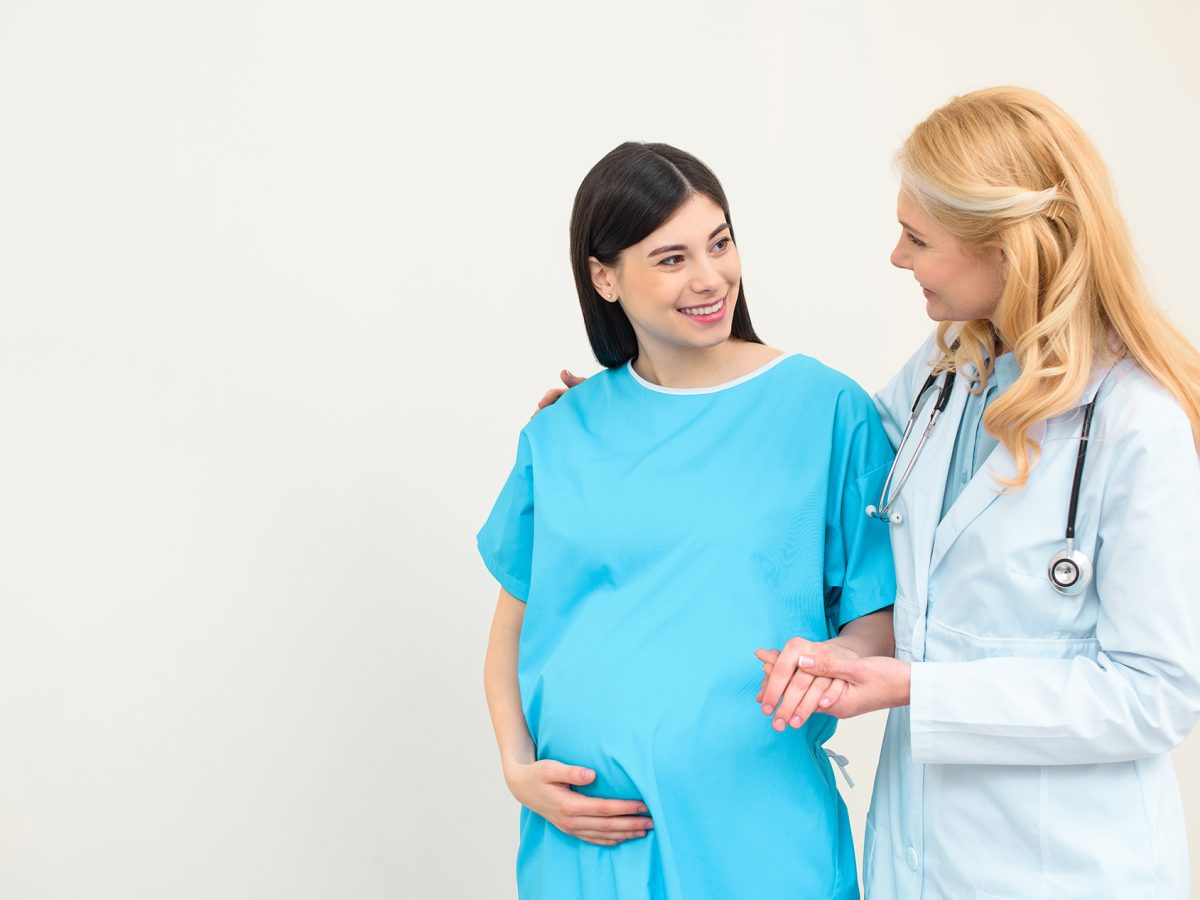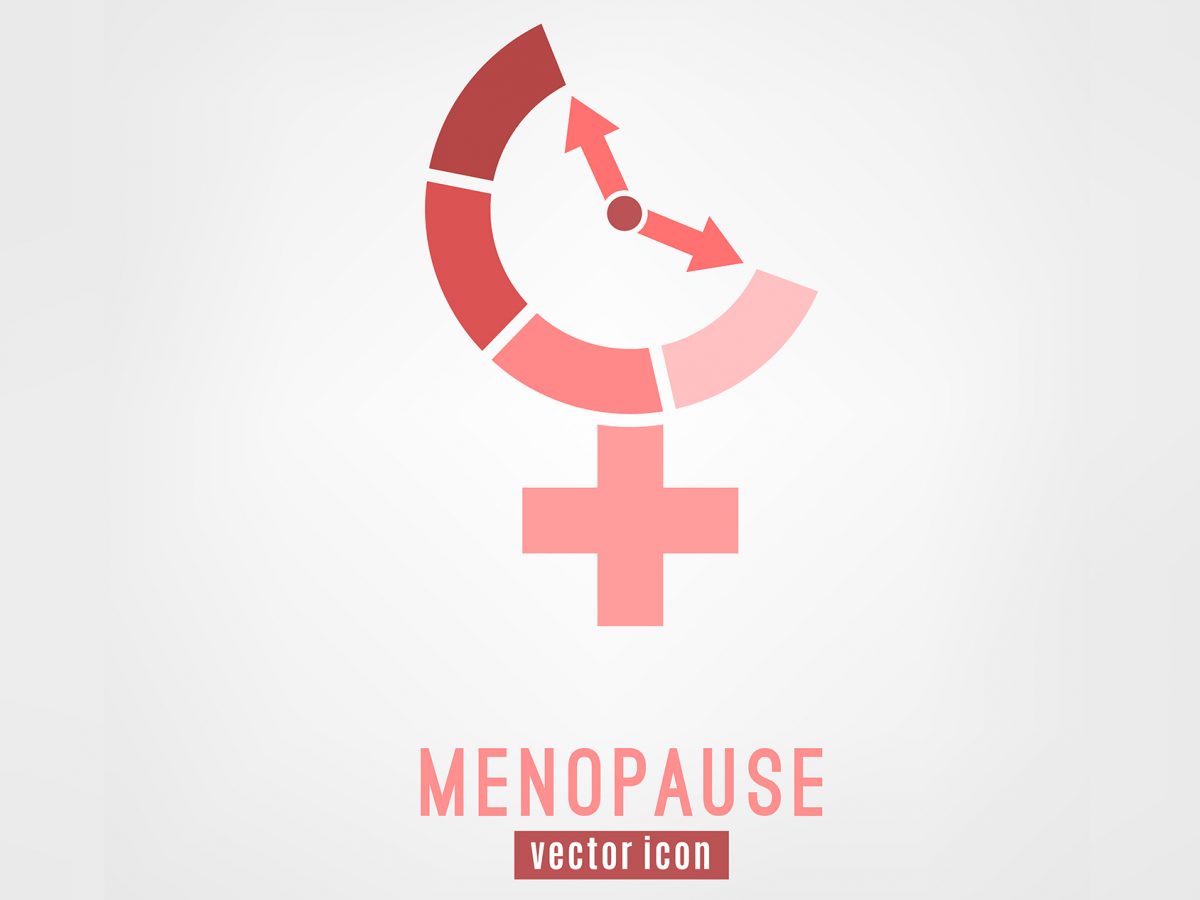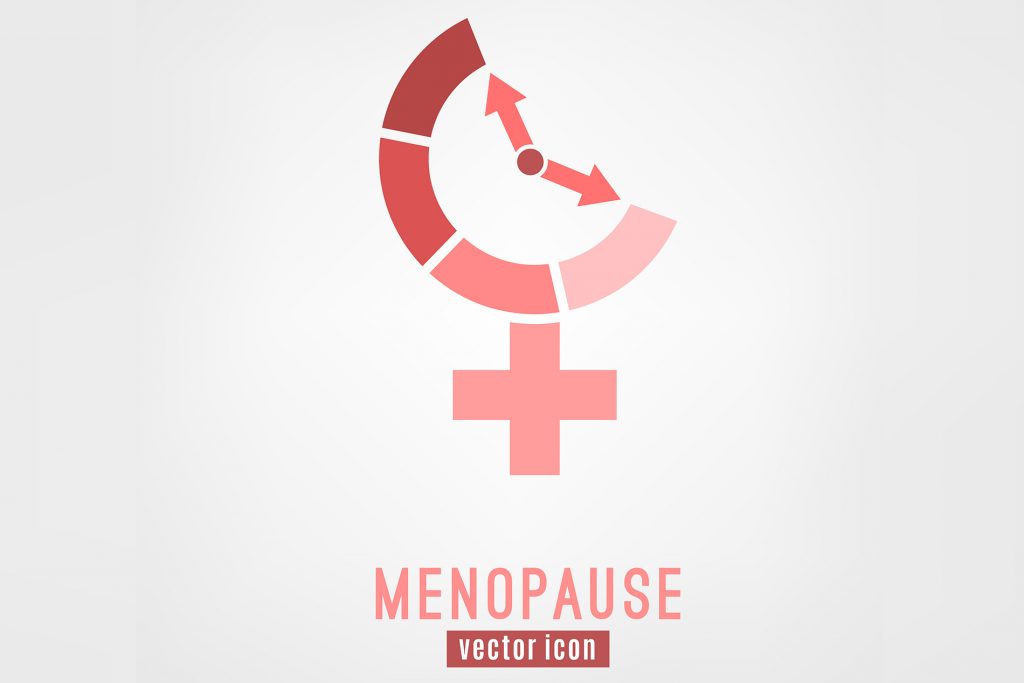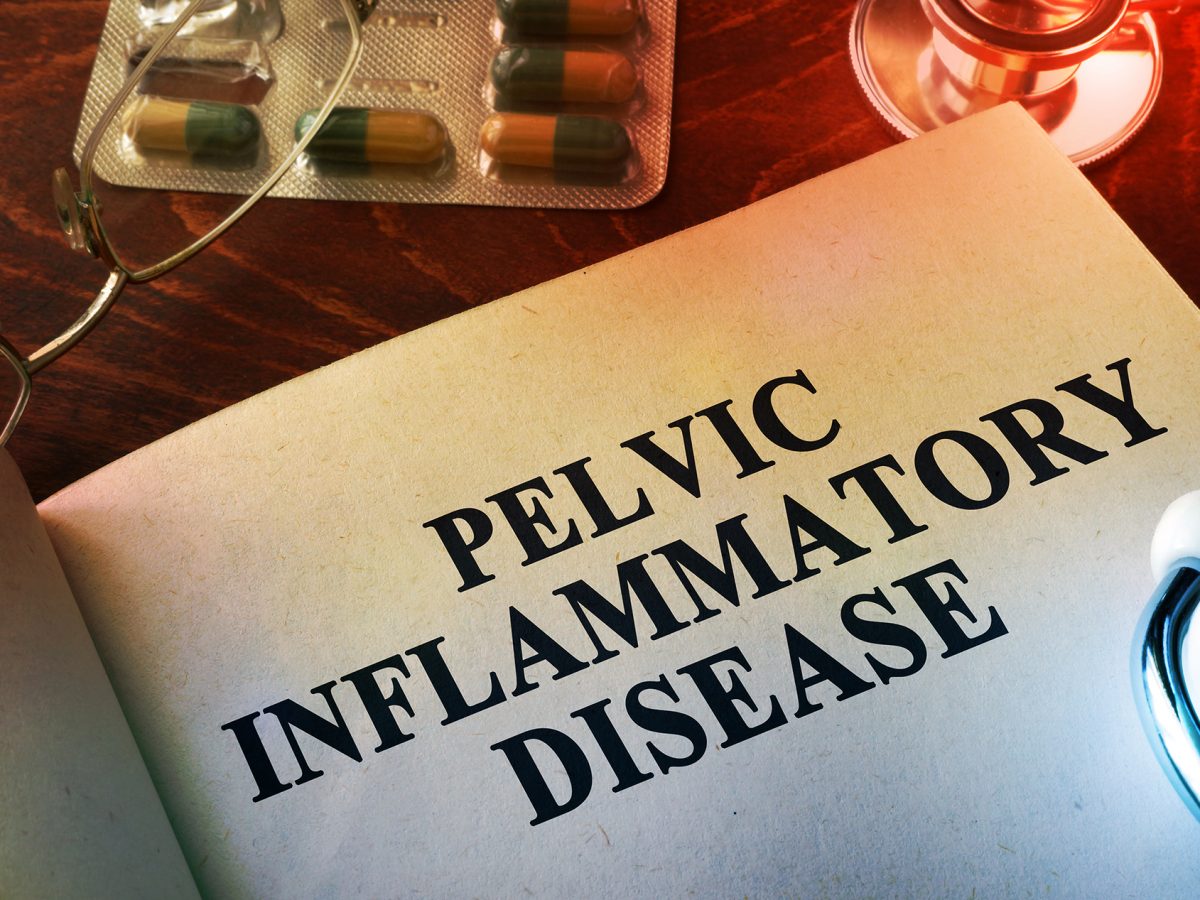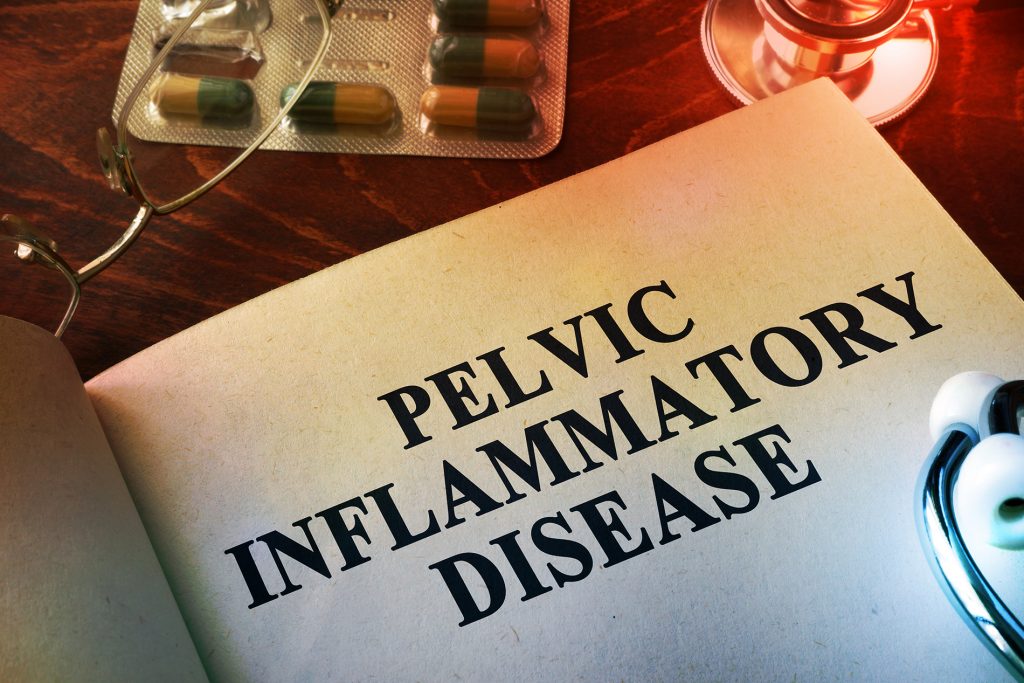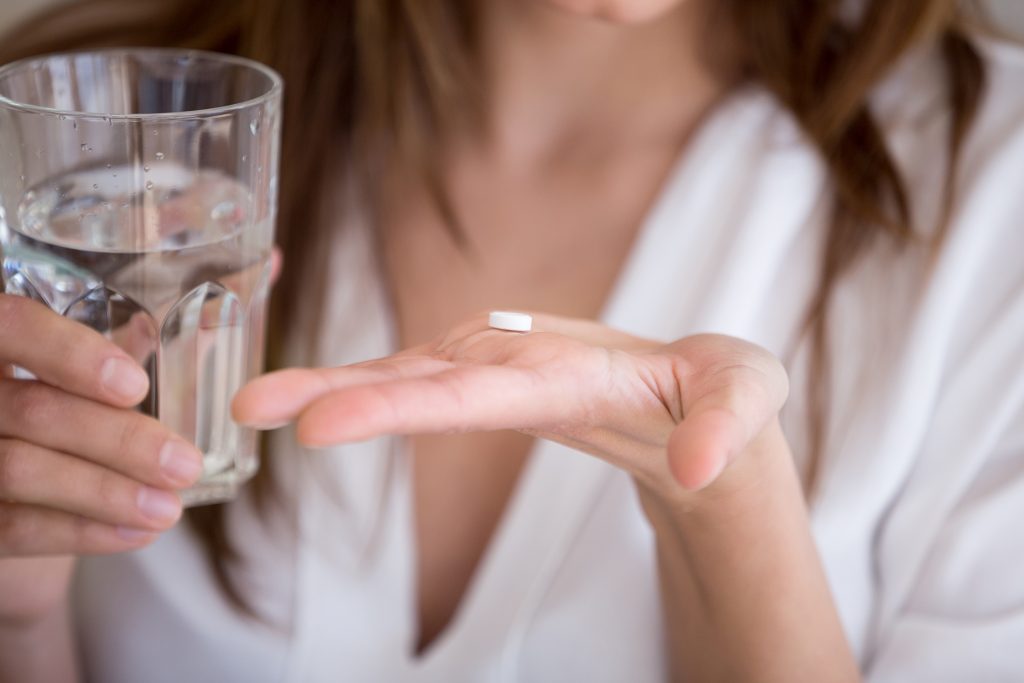OBG
Medical Terms in OBG
MEDICAL TERMS IN OBSTETRICS AND GYNAECOLOGY
| Abortion | A way of ending a pregnancy using either medicines (medical abortion) or a surgical operation (surgical abortion). |
| Amniocentesis | A procedure to take a sample of the fluid surrounding a baby in the womb. It can be carried out after the 15th week of pregnancy, by inserting a needle through the abdomen into the womb. It can be used to detect the presence of conditions such as Down syndrome. |
| Amniotic fluid | The watery liquid surrounding and protecting the growing fetus in the uterus. |
| Anaemia | Anaemia is when the level of haemoglobin in your blood is lower than normal; it can be mild or severe. Anaemia can cause tiredness, breathlessness, fainting, headaches and your heart to beat faster. |
| Anaesthesia | A form of pain relief. |
| Antenatal | Before birth. |
| Bacteria | Organisms (so small that they are can only be seen through a microscope) that may cause certain kinds of infection. |
| Bacterial vaginosis (BV) | A very common vaginal infection which is caused by an imbalance in the types of bacteria in the vagina. It causes discharge and soreness. BV is not sexually transmitted. It does not affect men. |
| Bicornuate uterus (womb) | A uterus resembling a heart-shape (rather than the usual pear-shape). |
| Biopsy | A procedure to take a small sample of tissue from some part of the body for examination. |
| Bladder | The organ in the pelvis which expands to store urine and contracts to pass it out through the urethra. |
| Blood group | Your blood group is determined by the presence of chemical markers (known as antigens or proteins), on the surface of your red blood cells. Group A blood has A antigens, Group B blood has B antigens, Group AB blood has both A and B antigens and Group O blood has no antigens on the red blood cells. |
| Breech position | When the baby is lying bottom first in the womb. |
| Caesarean delivery | An operation to deliver the baby by cutting through the wall of the abdomen and the uterus. It may be done as a planned (elective) or an emergency procedure. |
| Cancer | The organs and tissues of the body are made up of tiny building blocks called cells. Cancer is a disease of these cells. |
| Cardiotocography (CTG) | A machine which traces the baby’s heart rate and the woman’s contractions before and during birth to assess the baby’s wellbeing. |
| Catheter | A small tube that can be passed through a part of the body; for example, through the urethra (to empty the bladder). |
| Cervix | The entrance or neck of the womb, at the top of the vagina. |
| Chocolate cysts | Cysts which form on the ovaries in some women who have endometriosis. |
| Chromosomes | The genetic structures within cells which contain our DNA (the material that carries genetic information). A normal cell contains 46 chromosomes. |
| Chronic | Something that persists or continues for at least six months. |
| Complete miscarriage | When all the pregnancy tissue has been passed and the uterus is empty. |
| Conception | A process which begins with fertilisation of an egg by sperm and ends with successful implantation of the embryo. |
| Contraception | Prevention of pregnancy. |
| Dilatation and curettage (D&C) | A small operation which opens the entrance of the womb (the cervix) in order to remove tissue from the lining of the womb (the endometrium). |
| Delivery | Birth of a baby and its afterbirth. A baby may be delivered through the vagina or by Caesarean section. |
| Doppler | A method for measuring the flow of blood; for example, through the umbilical cord during pregnancy. |
| Dysmenorrhoea | Painful periods. |
| Dyspareunia | Pain during or after sexual intercourse. |
| Ectopic pregnancy | A pregnancy where a fertilised egg (embryo) implants outside the womb (usually in one of the fallopian tubes). |
| Early miscarriage | When a woman loses her pregnancy in the first three months. |
| Eclampsia | A serious and life-threatening complication of pre-eclampsia. The main problem associated with eclampsia is fits (seizures/convulsions). |
| Endometrium | The lining of the womb (uterus). |
| Episiotomy | A cut made through the vaginal wall and perineum to make more space to deliver the baby. |
| Estrogen (previously oestrogen) | A female sex hormone produced by the ovaries as part of the menstrual cycle. It encourages an egg to mature and stimulates thickening of the lining of the womb in preparation for pregnancy. Levels vary during the menstrual cycle. |
| Fallopian tubes | The pair of hollow tubular organs that extend from the womb and end in fimbriae near the ovaries. Each month one ovary releases an egg which moves down the fallopian tube into the womb. The fallopian tube is where the egg is fertilised by sperm in the natural conception process. |
| Fertilisation | When a sperm penetrates an egg and forms an embryo. Natural fertilisation takes place in a woman’s fallopian tubes , but can be achieved outside the body by assisted conception techniques such as IVF. |
| Fertility | The ability to conceive a baby and, for a woman, to become pregnant. |
| Fertility problem | When you have not been able to conceive a baby. Fertility problems can affect men and women. |
| Fetus | An unborn baby. |
| Folic acid | A B vitamin necessary to reduce the risk of a baby being born with a neural tube defect (spina bifida). A woman should take folic acid (400 micrograms) 3 months before she conceives and for 12 weeks after she becomes pregnant. |
| Follicle | A small sac in the ovary, in which the egg develops. |
| Follicle stimulating hormone (FSH) | A gonadotrophin hormone produced by the pituitary gland. It stimulates the development of follicles in a woman’s menstrual cycle and regulates sperm and hormone function in men. |
| Forceps delivery | Smooth metal instruments that look like large spoons or tongs to help deliver the baby. |
| Haemorrhage | Bleed very heavily. |
| Heparin | A type of anti-coagulant medication that is given by injection. |
| Herpes | A family of viruses which cause a range of infections including chickenpox (Herpes zoster, or varicella), cold sores and genital herpes (Herpes simplex). |
| Hormone treatment | Hormones are produced naturally in the body. They control the activity of normal cells. Hormones can be given as treatment for disease or to replace hormones no longer produced by the body. |
| Hormones | Naturally occurring substances, made by specialised cells in the body, which affect the metabolism and other body functions. They can also be used as drug treatment. Naturally occurring hormones include: follicle stimulating hormone, gonadotrophins, human chorionic gonadotrophin, luteinising hormone, oestrogen, progesterone, prostaglandin. Synthetic hormones include some corticosteroids, progestogen. |
| Human immunodeficiency virus (HIV) | HIV is short for human immunodeficiency virus. It is a viral infection which attacks the body’s immune system, making it hard to fight off other infections. HIV is passed through contact with body fluids (blood, semen, breast milk). |
| Hypertension | Raised blood pressure. |
| Hypotension | Low blood pressure. |
| Hysterectomy | An operation to remove the cervix and womb, carried out through a cut on the abdomen (abdominal hysterectomy) or the vagina (vaginal hysterectomy) . The ovaries can be removed at the same time, if necessary. |
| Hysterosalpingo-contrast-sonography | An ultrasound test of the fallopian tubes or the womb, using fluid injected through the cervix (the entrance of the womb). |
| Hysterosalpin-gogram (HSG) | An x-ray of the fallopian tubes or the womb, using fluid injected through the cervix (the entrance of the womb). |
| Hysteroscopy | A procedure to examine the womb through a small telescopic microscope (called a hysteroscope) which is passed through the vagina and cervix. |
| Implantation | The process through which an embryo attaches to the lining of the womb. |
| In vitro fertilisation (IVF) | A technique by which eggs are collected from a woman and fertilised with a man’s sperm outside the body. Usually one or two resulting embryos are then transferred to the womb. If one or more of them implants successfully in the womb it results in a pregnancy. |
| Incomplete miscarriage | A miscarriage has started, but there is still some pregnancy tissue left inside the uterus. |
| Incontinence | When an individual does not have full control over the bladder and/or bowel. Problems with incontinence can range from slight to severe. |
| Induction of labour | When labour is started artificially. |
| Infertility | When a couple fail to conceive after having regular (defined as two to three times a week) sexual intercourse for more than a year. |
| Intensive Care Unit | A specialist unit within a hospital that provides intensive care medicine. |
| Intracytoplasmic sperm injection (ICSI) | A form of assisted conception in which a single sperm is injected into an egg. |
| Intrapartum | During birth. |
| Intrauterine contraceptive device (IUCD) | A small contraceptive device that is fitted into the womb. Made of plastic and copper, it has one or two soft threads at the end which hang through the cervix into the top of the vagina. |
| Intrauterine insemination (IUI) | A form of assisted conception which places sperm into a woman’s womb through the cervix. |
| Intrauterine system (IUS) | A small T-shaped contraceptive device that is fitted into the womb. Made of plastic, it slowly releases the hormone progestogen. |
| Karyotype | A record of the complete set of your chromosomes. |
| Karyotyping | A procedure to produce a karyotype using a blood or tissue sample. It is used to check for abnormalities in the number, form or structure of the chromosomes. These abnormalities may cause disease or dysfunction. |
| Labour | The stages of childbirth. Labour is divided into three stages; first, second and third. |
| Laparoscopy | A procedure in which a surgeon uses a small telescopic microscope (called a laparoscope) to look at or operate on part of the abdomen or pelvis. |
| Laparotomy | A surgical procedure through an opening (which is larger than that used for laparoscopy) into the abdomen. |
| Medical abortion | A way of ending a pregnancy by using medicines. |
| Menopause | The time when a woman’s periods cease, usually around 50 years of age. |
| Menstrual cycle | The process by which an egg develops each month and the lining of the womb is prepared for possible pregnancy. If the egg is not fertilised, it is reabsorbed back into the body and the lining of the womb (the endometrium) is shed (this is what is known as a period or menstruation) and the cycle begins again. The cycle is controlled by hormones. On average a cycle lasts 28 days. Some women have shorter cycles, some have longer ones. |
| Neonatalologist | A doctor who specialises in caring for newborn babies. |
| Obstetrician | A doctor who specialises in the care of pregnant women. |
| Oedema | Swelling in any part of the body predominantly due to ‘leaked’ fluids. |
| Oestrogen | A female sex hormone produced by the ovaries as part of the menstrual cycle. It encourages an egg to mature and stimulates thickening of the lining of the womb in preparation for pregnancy. Levels vary during the menstrual cycle. |
| Oligohydramnios | Too little fluid (amniotic fluid) surrounding the baby in the uterus. |
| Ovaries | A pair of organs (each about the size of an almond) in a woman’s pelvis. They produce follicles from which eggs develop. |
| Ovulation | The process by which the ovaries produce and release an egg each month. Ovulation usually takes place around 10-16 days before a period. |
| Pelvic inflammatory disease (PID) | An infection in the womb, fallopian tubes and/or pelvis caused by infections such as chlamydia and gonorrhoea . It can cause scarring or blockage of the fallopian tubes and fertility problems. |
| Pelvic pain | Pain in the lower abdomen or pelvis. |
| Period | A bleed from the vagina between every 3 to 5 weeks which forms part of the menstrual cycle. |
| Pessaries | A medication or device which is placed in the vagina. |
| Placenta | An organ which develops from the embryo in the womb during pregnancy. It links the baby with the mother’s system and provides it with nourishment. It is delivered after the baby, when it is also known as the afterbirth. |
| Placenta praevia | The placenta is too low in the womb and covers all or part of the entrance (the cervix). In most women, the placenta usually moves out of the way, as the womb stretches around the growing baby, and does not cause a problem. |
| Polycystic ovaries | Ovaries which have at least twice as many developing follicles as normal ovaries in the early part of the menstrual cycle. |
| Polycystic ovary syndrome (PCOS) | Polycystic ovary syndrome (PCOS) is a condition which can affect a woman’s menstrual cycle, fertility, hormones and aspects of her appearance. It can also affect long-term health. A diagnosis is usually made when a woman has any two of the following: irregular periods,more hair than is usual for you and/or blood tests which show higher testosterone levels than normal,an ultrasound scan which shows polycystic ovaries. |
| Polyhydramnios | Too much fluid (amniotic fluid) surrounding the baby in the uterus. |
| Postnatal | After birth. |
| Pre-eclampsia | A condition that occurs in pregnancy, usually associated with high blood pressure and protein in the urine. |
| Pregnancy test | A test on a sample of urine or blood to confirm whether a woman is pregnant. |
| Progesterone | A hormone produced as a result of ovulation. It prepares the lining of the womb to enable a fertilised egg to implant there. |
| Prolapse | A hernia where the bladder, womb or bowel pushes through the wall of the vagina. |
| Recurrent miscarriage | When a woman loses three or more pregnancies. |
| Reproductive organs | Organs in the male and female body designed to help reproduction. |
| Reproductive years | The time from the onset of menstrual periods (menarche) in women to the menopause, when periods stop. |
| Rupture of membranes | The medical term for the breaking of waters in pregnancy. |
| Semen | The fluid that contains sperm. |
| Sexually transmitted infection (STI) | An infection that is passed on through the close physical contact during sex. With some STIs you have no symptoms, so it is important to be tested if you think you have been at risk. See also chlamydia, genital herpes and HIV. |
| Spina bifida | A condition which affects the unborn baby in the early stages of pregnancy. Spina bifida causes damage to the spinal cord and nerves. |
| Spontaneous vaginal birth | The birth of a baby through the vaginal canal without assistance. |
| Sterilisation | A term for methods of permanent contraception for women ( tubal occlusion) and men ( vasectomy). |
| Stress incontinence | A condition which means you leak urine during normal everyday activities (for instance if you cough, sneeze, laugh, exercise or change position). Usually happens because the muscles that support the bladder are too weak. |
| Sutures | Stitches. |
| Tampon | A tube of absorbent material, such as cotton, that fits into the vagina to absorb the menstrual blood. |
| Temperature | The degree of hotness or coldness of a body or an environment. |
| Term | Between 37 and 42 weeks of pregnancy. |
| Threatened miscarriage | Bleeding or cramping in a continuing pregnancy. |
| Transabdominal scan | A scan. The scan probe is moved across the abdomen. |
| Transvaginal scan | An ultrasound scan where the probe is placed inside the vagina. |
| Transverse position | When the baby is lying across the womb. |
| Trimester | A three-month period of time. Pregnancy is divided into three trimesters: First trimester – up to around 13 weeks Second trimester – to around 13 to 26 weeks Third trimester – around 27 to 40 weeks. |
| Tubal occlusion | A permanent method of contraception for women through an operation which blocks, seals or cuts the fallopian tubes. Also known as sterilisation. |
| Ultrasound | High frequency sound waves used to provide images of the body, tissues and internal organs. |
| Umbilical cord (umbilicus) | The cord that connects a mother’s blood system with a baby’s (through its navel) and is cut after the birth. |
| Urethra | The tube through which urine empties out of the bladder. |
| Uterus (also known as womb) | The organ where a baby develops during pregnancy. Made of muscle, it is hollow, stretchy and about the size and shape of an upside-down pear. |
| Vagina | The canal leading from the vulva to the cervix. |
| Vaginal bleeding during pregnancy | Vaginal bleeding in pregnancy is bleeding coming through the vagina during pregnancy, for any reason. |
| Vaginal discharge | Any vaginal secretion apart from menstrual bleeding. |
| Normal vaginal discharge | A clear or whitish fluid that comes from the vagina or cervix. |
| Abnormal vaginal discharge | Abnormal smelling, yellow or green discharge. This should be assessed by a doctor. |
| Vaginal examination – Internal | A check to feel the size, position of the vagina and cervix to exclude any abnormality or problem. This may be carried out by use a speculum. |
| Vaginal swab | A vaginal swab looks like a cotton bud, but it is smaller and rounder. Some have a small plastic loop at the end instead of a cotton tip. It is wiped over the vagina to pick of samples of fluid to check for infection. |
| Vasectomy | A permanent method of contraception for men. It blocks, seals or cuts the tube (the vas deferens) which carries sperm from the testicles to the penis. Also known as sterilisation. |
| Ventouse delivery | An instrument (ventouse) that uses suction to attach a soft or hard plastic or metal cup on the baby’s head to help deliver the baby. |
| Weak Cervix | When the cervix (the neck of the womb) opens too early in pregnancy, in the second trimester, and without contractions. Used to be known as ‘incompetent cervix’. |
| Womb | Uterus. |

